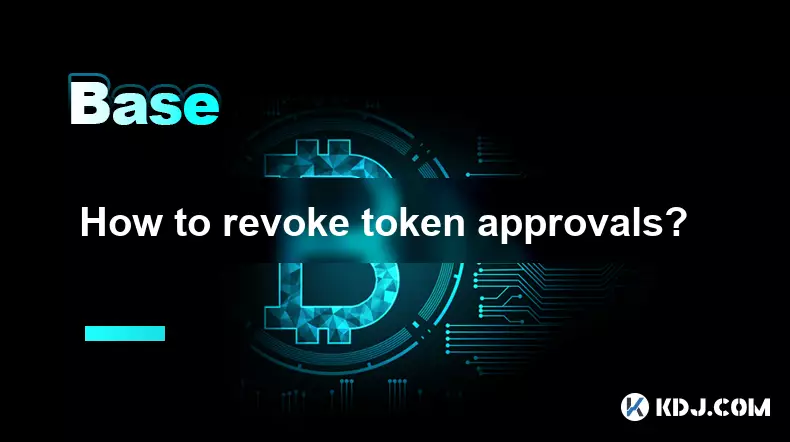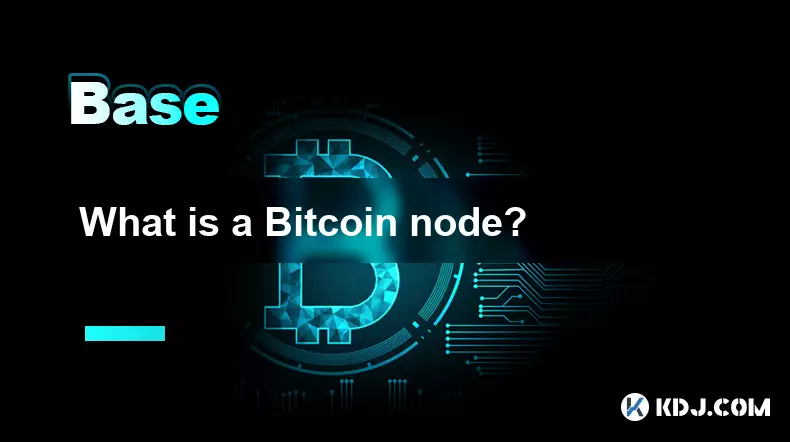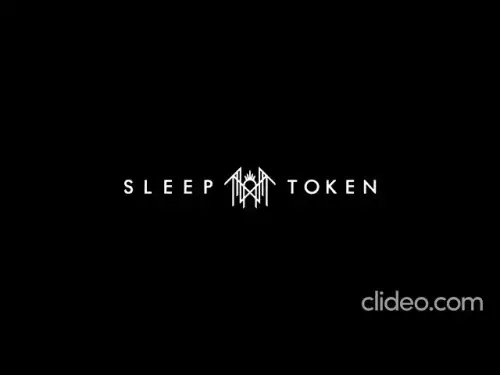-
 Bitcoin
Bitcoin $113200
1.54% -
 Ethereum
Ethereum $4368
1.43% -
 XRP
XRP $3.022
4.23% -
 Tether USDt
Tether USDt $0.0000
-0.01% -
 BNB
BNB $883.5
0.92% -
 Solana
Solana $219.5
5.29% -
 USDC
USDC $0.9997
-0.02% -
 Dogecoin
Dogecoin $0.2411
3.66% -
 Cardano
Cardano $0.8908
5.48% -
 TRON
TRON $0.3349
0.94% -
 Hyperliquid
Hyperliquid $54.50
8.93% -
 Chainlink
Chainlink $23.73
5.54% -
 Ethena USDe
Ethena USDe $1.001
-0.01% -
 Sui
Sui $3.602
5.47% -
 Stellar
Stellar $0.3861
5.90% -
 Bitcoin Cash
Bitcoin Cash $585.1
-1.13% -
 Avalanche
Avalanche $26.09
4.37% -
 Hedera
Hedera $0.2325
5.06% -
 UNUS SED LEO
UNUS SED LEO $9.549
-0.23% -
 Litecoin
Litecoin $114.2
1.13% -
 Cronos
Cronos $0.2502
-2.95% -
 Toncoin
Toncoin $3.134
1.24% -
 Shiba Inu
Shiba Inu $0.00001307
4.10% -
 Polkadot
Polkadot $4.148
3.50% -
 Uniswap
Uniswap $9.759
3.47% -
 Ethena
Ethena $0.8495
11.24% -
 World Liberty Financial
World Liberty Financial $0.2188
3.76% -
 Dai
Dai $0.9997
-0.03% -
 Monero
Monero $271.7
0.21% -
 Aave
Aave $309.2
2.95%
How to research a cryptocurrency before investing?
A clear, technically sound whitepaper with realistic goals and specific use cases is a key sign of a legitimate cryptocurrency project.
Sep 03, 2025 at 03:55 am

Understanding the Project’s Whitepaper and Vision
1. Every cryptocurrency project should have a whitepaper that outlines its purpose, technology, and roadmap. Reading this document gives insight into the problem the project aims to solve and how its blockchain solution works.
2. Pay attention to the clarity of the whitepaper. A well-written document with technical depth and realistic goals often reflects a serious team. Projects with vague language or exaggerated promises may be red flags.
3. Look for specific use cases. Cryptocurrencies that address real-world problems in finance, supply chain, or identity verification tend to have stronger foundations than those based purely on speculation.
4. Evaluate the roadmap. A detailed timeline showing milestones achieved and future goals indicates planning and accountability. Projects without a clear development path may lack direction.
A transparent and technically sound whitepaper is one of the most critical indicators of a legitimate crypto project.Analyzing the Development Team and Community
1. Investigate the background of the core team members. Founders and developers with verifiable experience in blockchain, cryptography, or relevant industries add credibility.
2. Check their LinkedIn profiles or previous projects. Anonymous teams or those with no track record in tech or finance should raise concerns.
3. Examine community engagement. Active discussions on platforms like Telegram, Discord, or Reddit can reveal the sentiment around the project. A vibrant, informed community often supports long-term growth.
4. Be cautious of overly promotional behavior. Communities that focus on price pumps rather than technology may indicate a speculative or potentially manipulative environment.
Projects with doxxed teams and engaged, technically literate communities tend to inspire more trust.Reviewing On-Chain Metrics and Market Data
1. Use blockchain explorers and analytics platforms to review transaction volume, active addresses, and wallet distribution. High and growing activity suggests real usage.
2. Analyze token distribution. If a large percentage of tokens is held by a small number of wallets, the asset may be vulnerable to manipulation or sudden sell-offs.
3. Check exchange listings. Being listed on reputable exchanges like Coinbase, Binance, or Kraken often means the project has passed certain security and compliance checks.
4. Monitor trading volume and liquidity. Low volume can lead to high volatility and difficulty exiting positions. Stable volume across multiple platforms is a positive sign.
Transparent on-chain activity and balanced tokenomics are strong signals of a healthy cryptocurrency ecosystem.Evaluating Security and Smart Contract Audits
1. Smart contract vulnerabilities have led to numerous high-profile hacks. Always check if the project’s code has been audited by reputable firms like CertiK, PeckShield, or Trail of Bits.
2. Look for public audit reports. These should detail potential risks and whether they were resolved. Projects that hide or ignore audit results are risky.
3. Verify if the code is open-source. Open-source projects allow independent developers to review and improve the code, increasing transparency and trust.
4. Research past security incidents. If a project has been hacked or experienced exploits, examine how the team responded. Prompt fixes and compensation efforts reflect responsibility.
Audited, open-source code significantly reduces the risk of technical failure or malicious exploits.Frequently Asked Questions
What is the importance of a token’s utility?A token’s utility defines its role within the ecosystem. Tokens used for governance, staking, or paying transaction fees have inherent demand. Without utility, a token may exist only for speculation, increasing risk.
How can I verify if a project is a scam?Look for red flags like anonymous teams, unrealistic promises, lack of a working product, or pressure to invest quickly. Cross-check information on independent forums and avoid projects with no verifiable code or audits.
Should I trust influencer endorsements?Influencer promotions are often paid and do not guarantee legitimacy. Always conduct independent research rather than relying on social media personalities. Many promoted projects collapse after the initial hype.
What tools can help analyze a cryptocurrency?Use platforms like CoinGecko, CoinMarketCap, Etherscan, Dune Analytics, and DeFi Pulse. These provide data on price, supply, transactions, and smart contract activity, enabling deeper due diligence.
Disclaimer:info@kdj.com
The information provided is not trading advice. kdj.com does not assume any responsibility for any investments made based on the information provided in this article. Cryptocurrencies are highly volatile and it is highly recommended that you invest with caution after thorough research!
If you believe that the content used on this website infringes your copyright, please contact us immediately (info@kdj.com) and we will delete it promptly.
- Aethir Price Check: Smart Money Bails, Correction Ahead?
- 2025-09-09 16:25:13
- Canary ETF, Staked SEI, and SEC Filings: A New York Minute on Crypto's Next Big Thing
- 2025-09-09 16:45:16
- Bitcoin Price, Rollblock, and the 30x Growth Potential: What's the Buzz?
- 2025-09-09 17:05:15
- Nasdaq and Tokenized Securities: Trading's Next Frontier
- 2025-09-09 16:45:16
- Tom Lee's Bold Bitcoin Prediction: $200,000 by 2025?
- 2025-09-09 16:25:13
- USDH Stablecoin: Sky's Bold Move for DeFi Dominance with 4.85% Yield
- 2025-09-09 16:50:12
Related knowledge

What is social recovery for wallets?
Sep 09,2025 at 09:54am
Understanding Social Recovery in Cryptocurrency Wallets1. Social recovery is a security mechanism designed to help users regain access to their crypto...

How to revoke token approvals?
Sep 09,2025 at 12:18am
Understanding Token Approvals in the Crypto Ecosystem1. Token approvals are a foundational component of blockchain interactions, especially within dec...

How to read crypto charts?
Sep 08,2025 at 11:36pm
Understanding the Basics of Crypto Chart Types1. The most common chart type used in cryptocurrency trading is the candlestick chart. Each candlestick ...

What are Real World Assets (RWA)?
Sep 09,2025 at 06:37am
Understanding Real World Assets in the Cryptocurrency Ecosystem1. Real World Assets, commonly referred to as RWA, represent physical or traditional fi...

What is a Bitcoin node?
Sep 09,2025 at 03:37pm
Running a Bitcoin node empowers users to independently verify transactions and enforce network rules without relying on third parties. Understanding t...

What is technical analysis in crypto?
Sep 09,2025 at 07:18am
Understanding Technical Analysis in the Crypto Market1. Technical analysis in the cryptocurrency market involves evaluating past price movements and t...

What is social recovery for wallets?
Sep 09,2025 at 09:54am
Understanding Social Recovery in Cryptocurrency Wallets1. Social recovery is a security mechanism designed to help users regain access to their crypto...

How to revoke token approvals?
Sep 09,2025 at 12:18am
Understanding Token Approvals in the Crypto Ecosystem1. Token approvals are a foundational component of blockchain interactions, especially within dec...

How to read crypto charts?
Sep 08,2025 at 11:36pm
Understanding the Basics of Crypto Chart Types1. The most common chart type used in cryptocurrency trading is the candlestick chart. Each candlestick ...

What are Real World Assets (RWA)?
Sep 09,2025 at 06:37am
Understanding Real World Assets in the Cryptocurrency Ecosystem1. Real World Assets, commonly referred to as RWA, represent physical or traditional fi...

What is a Bitcoin node?
Sep 09,2025 at 03:37pm
Running a Bitcoin node empowers users to independently verify transactions and enforce network rules without relying on third parties. Understanding t...

What is technical analysis in crypto?
Sep 09,2025 at 07:18am
Understanding Technical Analysis in the Crypto Market1. Technical analysis in the cryptocurrency market involves evaluating past price movements and t...
See all articles
























































































